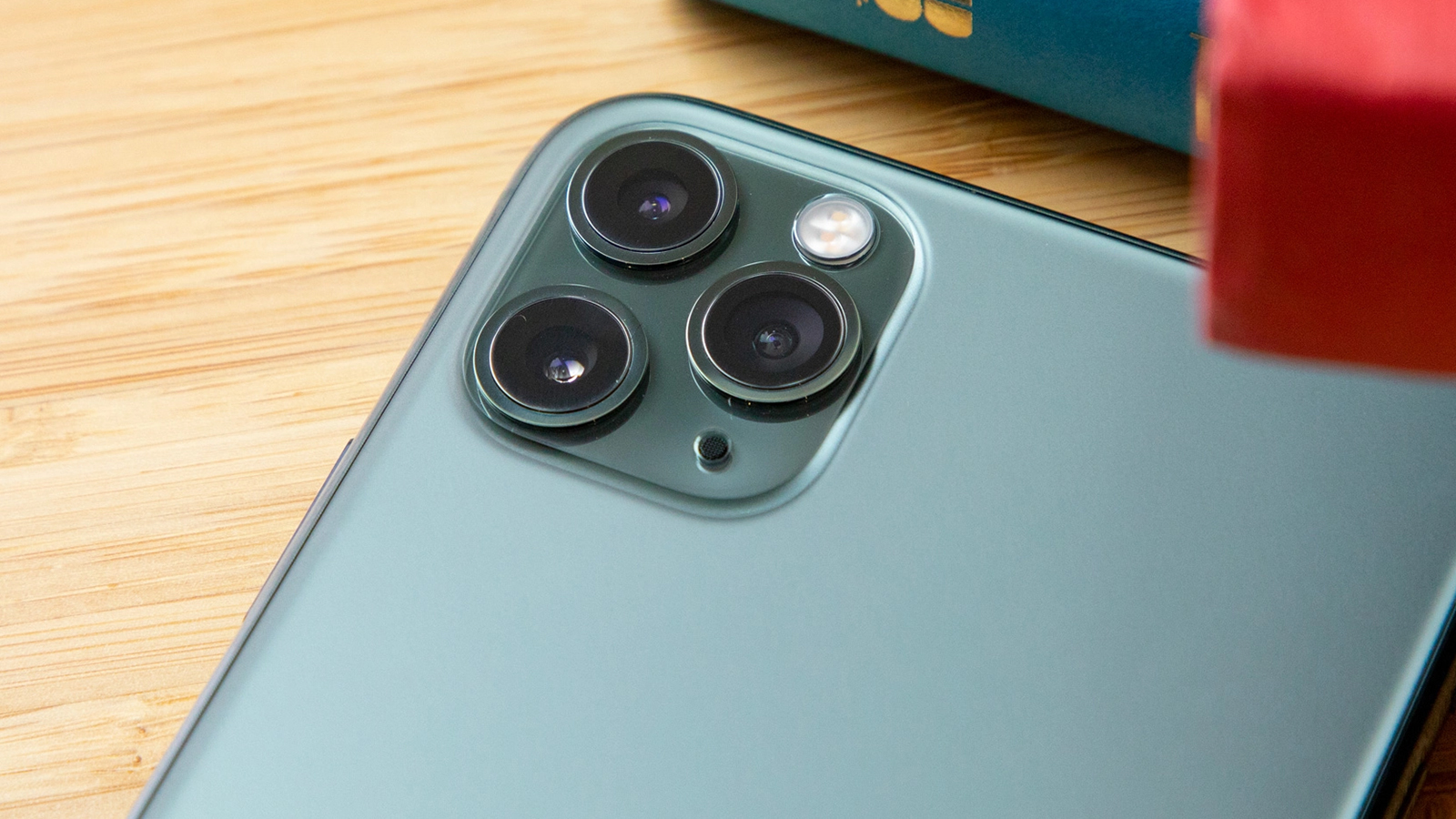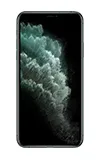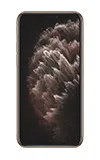iPhone 11 vs iPhone 11 Pro vs iPhone 11 Pro Max: the flagship Apple phones compared
Which iPhone 11 is the right iPhone 11 for you?

While the iPhone 12 range is fast approaching and the iPhone SE (2020) is Apple’s newest current handset, the iPhone 11, iPhone 11 Pro and iPhone 11 Pro Max remain the company’s top-end models, but they also all pack different features, prices, and screen sizes, among other things.
And looking beyond the specs, they also perform differently in some ways, as we found when we put each of them through a full review.
As such, while their designs are similar there is quite a lot to choose between them. With that in mind we’ve compared the three 2019 iPhone models, so you can see exactly what’s the same and what’s different.
Covering design, display, camera, specs, battery, price and more, here’s a comparison of the iPhone 11, iPhone 11 Pro and iPhone 11 Pro Max.
- Read our in-depth iPhone 11 review
- Need a higher end new iPhone? Read our full iPhone 11 Pro review
iPhone 11 vs iPhone 11 Pro vs iPhone 11 Pro Max design
The three iPhone 11 models all have broadly the same design and it’s also a design that’s similar to the iPhone XS range. That’s especially true from the front, as they have a large notch at the top but an otherwise all-screen design.
They also have a metal frame (aluminum in the case of the iPhone 11, stainless steel for the other two) and a glass back, but that back is where the main differences – both from the XS and each other – are found, as the cameras are now arranged in a square block in the top left corner.
That’s true of all three new iPhones, but the number of lenses differs, with the iPhone 11 Pro and iPhone 11 Pro Max having three lenses, while the iPhone 11 comes with two. In all cases though the camera bump is rather large and unsightly.
Sign up for breaking news, reviews, opinion, top tech deals, and more.
The three phones all have water-resistance though, albeit to a depth of four meters for the Pro models and just two for the standard iPhone 11.

The colors also differ, with the iPhone 11 Pro and iPhone 11 Pro Max coming in Gold, Space Grey, Silver and Midnight Green shades, while the iPhone 11 is more colorful in Yellow, Purple, Black, Green and White shades.
The iPhone 11 also has a glossy back, while the Pro models have a matte back, so the look is a bit different.
Finally, weight and dimensions also differ. The iPhone 11 Pro is 144 x 71.4 x 8.1mm and 188g, the iPhone 11 Pro Max is 158 x 77.8 x 8.1mm and 226g, and the iPhone 11 is 150.9 x 75.7 x 8.3mm and 194g. So the iPhone 11 is the thickest of the three, as is fitting given its lower price.
While that 0.2mm difference in thickness is tiny, we found it noticeable when holding both the iPhone 11 and the iPhone 11 Pro. Another thing we noted when putting the three phones through a review was that while the iPhone 11 Pro Max is of course the largest, it’s not unmanageable in the hand.
iPhone 11 vs iPhone 11 Pro vs iPhone 11 Pro Max screen

As for the screen, you’re getting a 6.1-inch LCD one with a 828 x 1792 resolution on the iPhone 11, while the iPhone 11 Pro has a 5.8-inch 1125 x 2436 OLED display and the iPhone 11 Pro Max has a 6.5-inch 1242 x 2688 OLED.
The OLED screens are dubbed 'Super Retina XDR' and should be superior to the LCD one, and in all cases this is basically the same setup as the previous models – though there are improvements in the quality of the screen. For example, the iPhone 11 Pro and Pro Max have a 2 million-to-one contrast ratio and a maximum brightness of 1,200 nits.
The standard iPhone 11 can't quite match that, coming in at a 1400:1 contrast ratio and 625 nits. Plus, while the two iPhone 11 Pro models have 458 pixels per inch, the iPhone 11 has less at 326, so it's not quite as crisp.
The iPhone 11 also has a thicker border around the outside of the screen, leaving it looking less high end, and it lacks the HDR support of the Pro models, as well as looking a little washed out compared to them in our tests.
We don’t want to sound too down on the basic iPhone 11 – while its screen is worse than the iPhone 11 Pro and iPhone 11 Pro Max, that’s expected as it costs less, and it’s still good for the money. As for the Pro handsets, there’s less to choose between their displays, other than the size.
iPhone 11 vs iPhone 11 Pro vs iPhone 11 Pro Max camera

The iPhone 11 is the real odd one out when it comes to cameras as it has two lenses on the back, while the iPhone 11 Pro and iPhone 11 Pro Max have three.
In all cases these are 12MP lenses, with the three phones all having standard f/1.8 and ultra-wide f/2.4 lenses, while the iPhone 11 Pro and iPhone 11 Pro Max also get a f/2.0 telephoto one with 2x optical zoom.
The three phones all have a night mode, 4K video recording at up to 60fps, and a whole assortment of other modes that are mostly the same across the models.
While you get a better camera experience on the Pro models thanks to the extra lens, we were impressed with the photographic skills of all three handsets when we put them through our reviews, with low light shots even working well.

The addition of a telephoto lens on the iPhone 11 Pro and iPhone 11 Pro Max definitely makes them feel like a more complete package, but you’re also paying more, and the level of zoom on offer can’t match, say, the Samsung Galaxy S20 Ultra.
As for the front camera, that’s 12MP too and as expected it powers Face ID (Apple’s facial recognition system). Speaking of which, Face ID has been improved on all three handsets - it's now faster and works from more angles.
iPhone 11 vs iPhone 11 Pro vs iPhone 11 Pro Max battery life

Apple never says how big the batteries in its phones are, but thanks to teardowns we know that the iPhone 11 has a 3,110mAh one, the iPhone 11 Pro has a 3,046mAh one, and the iPhone 11 Pro Max has a 3,969mAh one.
Apple meanwhile has said that the iPhone 11 Pro lasts up to 4 hours longer than the iPhone XS, while the iPhone 11 Pro Max lasts up to 5 hours longer than the iPhone XS Max, and the iPhone 11 lasts up to 1 hour longer than the iPhone XR.
In our own tests, we’ve found that all three phones lasted well, comfortably lasting over a day in most cases, with the iPhone 11 Pro Max potentially pushing towards two days.
As for charging, unsurprisingly wireless charging is supported, as is fast charging, with all three phones being able to juice up by 50% in 30 minutes - though that needs an 18W charger, which comes in the box of the Pro models but is sold separately for the standard iPhone 11.
iPhone 11 vs iPhone 11 Pro vs iPhone 11 Pro Max specs and features

In news that will surprise no one, all three iPhone 11 handsets use Apple’s A13 Bionic chipset. This being the next generation after the A12 Bionic in the iPhone XS range.
According to Apple, the A13 has the fastest CPU and GPU ever used in a smartphone. What we didn’t know at launch was how much RAM these phones have, as Apple never reveals this, but teardowns have shown that they each have 4GB, so there’s no difference there. As you’d expect, we found in our own tests that performance from all three models was very strong.
For software, you’re of course getting iOS 13 on all three models, while for storage, the iPhone 11 Pro and iPhone 11 Pro Max are available in 64GB, 256GB and 512GB sizes, while the iPhone 11 comes in 64GB, 128GB and 256GB capacities.
iPhone 11 vs iPhone 11 Pro vs iPhone 11 Pro Max price and availability
You can of course buy all three iPhone models now, but hopefully you’ve been saving, because the iPhone 11 Pro starts at $999 / £1,049 / AU$1,749 for a 64GB model, rising to $1,149 / £1,199 / AU$1,999 for 256GB and $1,349 / £1,399 / AU$2,349 for 512GB.
The iPhone 11 Pro Max meanwhile comes in at $1,099 / £1,149 / AU$1,899 for 64GB, $1,249 / £1,299 / AU$2,149 for 256GB and $1,449 / £1,499 / AU$2,499 for 512GB.
Finally, the iPhone 11 is a still-pricey $699 / £729 / AU$1,199 for 64GB, $749 / £779 / AU$1,279 for 128GB, and $849 / £879 / AU$1,449 for 256GB.

Takeaway
The iPhone 11 Pro Max arguably has the edge over the other two models, but it’s really only the larger screen that it has over the iPhone 11 Pro. As such, at the time of writing these two handsets share the number two spot on our best smartphone ranking (behind the Samsung Galaxy S20 / Galaxy S20 Plus).
The iPhone 11 is a slightly lesser phone overall. It’s in the middle for screen size but at the bottom for overall specs and features, with it notably having fewer camera lenses and using LCD rather than OLED on its screen. However, it also costs less, and still impresses – so much so that we gave it 4.5 stars in our review.
There aren’t really any surprises in how these phones stack up though, and the prices reflect their positions. Ultimately, if you want an iPhone you shouldn’t go wrong with any of them.
- Check out the best iPhone apps
James is a freelance phones, tablets and wearables writer and sub-editor at TechRadar. He has a love for everything ‘smart’, from watches to lights, and can often be found arguing with AI assistants or drowning in the latest apps. James also contributes to 3G.co.uk, 4G.co.uk and 5G.co.uk and has written for T3, Digital Camera World, Clarity Media and others, with work on the web, in print and on TV.







